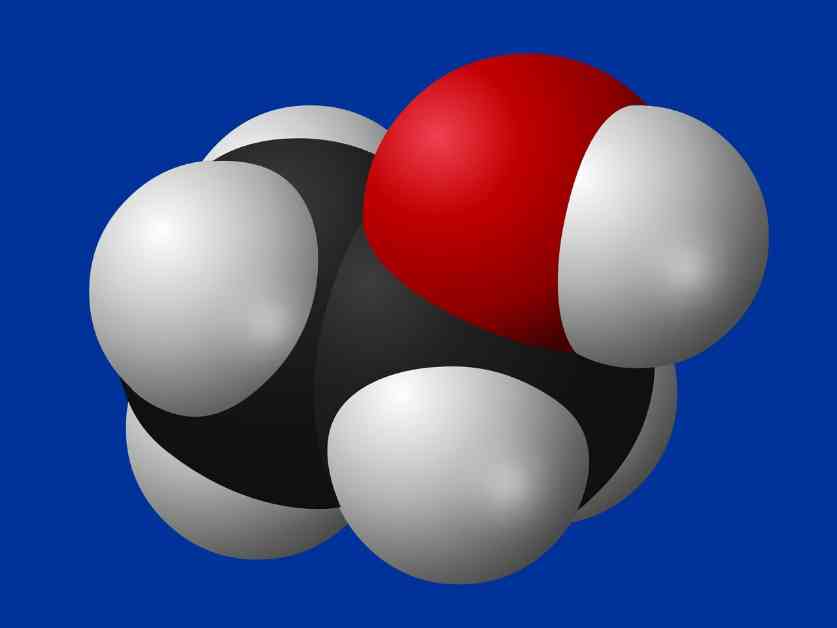UCLA chemists have recently challenged a long-standing rule in organic chemistry that has been accepted for a century. This rule, known as Bredt’s rule, dictates that molecules cannot have a carbon-carbon double bond at the ring junction of a bridged bicyclic molecule. The discovery made by UCLA scientists suggests that this rule is not as rigid as once thought and proposes the creation of anti-Bredt olefins (ABOs).
The implications of this breakthrough are significant, particularly in the field of pharmaceutical research. By demonstrating that ABOs can be synthesized and utilized in reactions, the researchers have opened up new possibilities for the development of three-dimensional structures that could be valuable in drug discovery.
Lead author Neil Garg emphasizes the importance of challenging established rules in chemistry to foster creativity and innovation. The study conducted by UCLA also involved graduate students, postdoctoral scholars, and collaboration with computational chemistry expert Ken Houk.
The methodology employed by Garg’s team involved treating molecules called silyl (pseudo)halides with a fluoride source to produce ABOs. These ABOs are highly unstable but can be stabilized using specific chemical compounds, allowing for the isolation of valuable products.
The research published in the journal Science marks a significant departure from traditional organic chemistry teachings and underscores the need to rethink existing rules and guidelines in the field. The findings have the potential to influence future research directions in the pharmaceutical industry and beyond.
In conclusion, the groundbreaking work by UCLA chemists challenges the conventional wisdom in organic chemistry and paves the way for the exploration of new synthetic molecules with diverse applications. This study serves as a reminder that scientific progress often involves questioning established beliefs and pushing the boundaries of knowledge.













